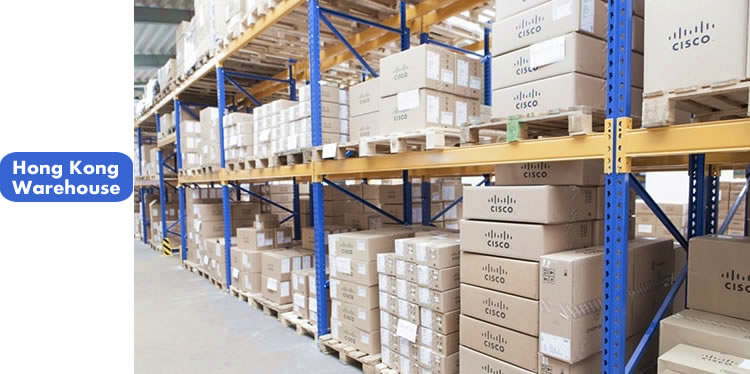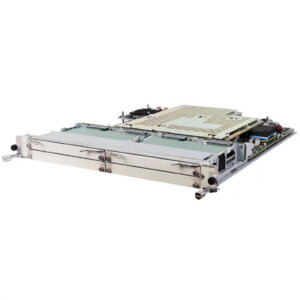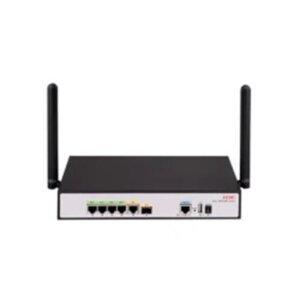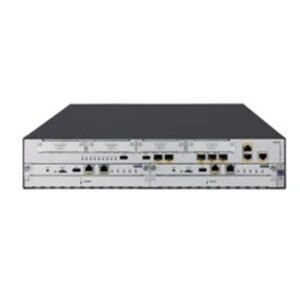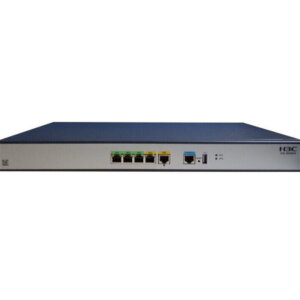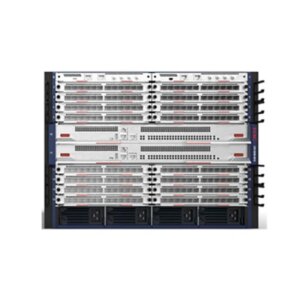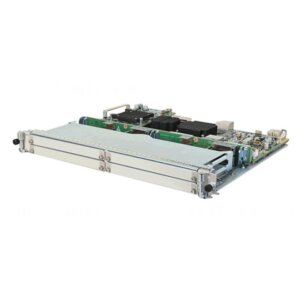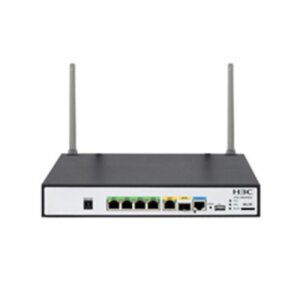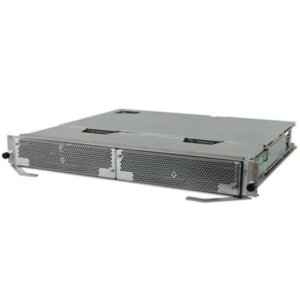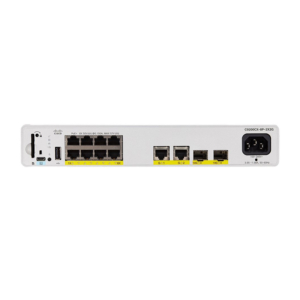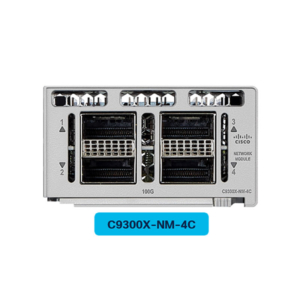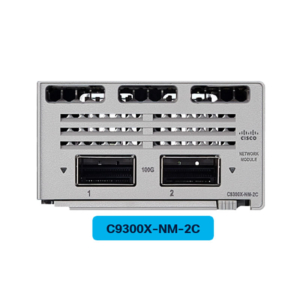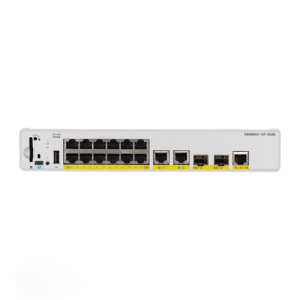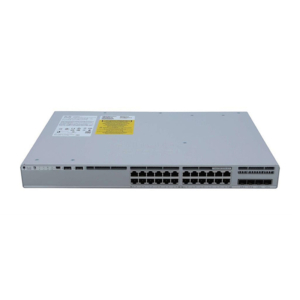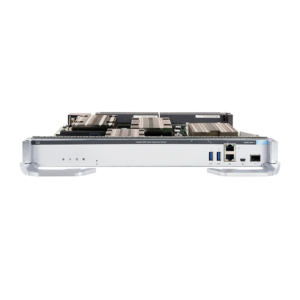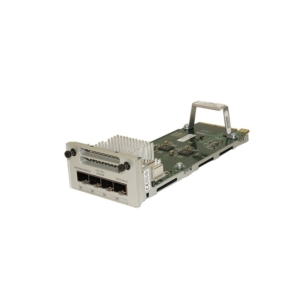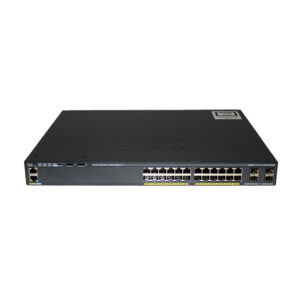O CR19000 série de roteadores de cluster (doravante denominado CR19000) é um conjunto de roteadores centrais de nova geração desenvolvidos para aplicações em nível de provedor de serviços. Ele pode ser implantado como provedores de serviços’ nós de backbone e nós principais MAN, ou nós de interconexão de backbone de data centers. A arquitetura CLOS, tecnologia de conexão óptica de última geração, e o sistema operacional Comware V7 permite que o CR19000 ofereça disponibilidade e compatibilidade extraordinárias, tornando-o uma escolha ideal para prestadores de serviços.
A série de roteadores CR19000 inclui os seguintes modelos: CR19000-8, CR19000-16, CR19000-20, e CR19000-MC. O CR19000-8, CR19000-16, e CR19000-20 fornecem 8, 16, e 20 slots de placa de linha de serviço, respectivamente. O CR19000-MC é um chassi de placa de malha (FCC) que fornece interconexão e controle unificado de vários roteadores CR19000-20. O CR19000-8 pode operar no modo de chassi único ou no modo cluster back-to-back. O CR19000-16 pode operar no modo de chassi único. O CR19000-20 pode operar no modo de chassi único, modo de cluster consecutivo, ou modo cluster multichassis.
 Folha de dados da série de roteadores cluster H3C CR19000
Folha de dados da série de roteadores cluster H3C CR19000
| Item | CR19000-8 | CR19000-16 | CR19000-20 |
| Slots MPU | 2 | 2 | 2 |
| Troca de slots de malha | 6 | 6 | 8 |
| slots de placa de linha | 8 | 16 | 20 |
| Capacidade de comutação | 43.2 Tbps | 86.4 Tbps | 172.8 Tbps |
| Taxa de transferência agregada do sistema | 14.4 Tbps | 28.8 Tbps | 36 Tbps |
| Módulo de potência | 8 módulos de potência por chassi
suporte para redundância e gerenciamento inteligente de energia |
16 módulos de potência
suporte para redundância e gerenciamento inteligente de energia |
24 módulos de potência por chassi
suporte para redundância e gerenciamento inteligente de energia |
| Bandejas de ventilador | 6 bandejas de ventiladores por chassi
suporte para redundância e dissipação de calor inteligente |
2 bandejas de ventilador
suporte para redundância e dissipação de calor inteligente |
33 bandejas de ventiladores por chassi
suporte para redundância e dissipação de calor inteligente |
| Dimensões (A × L × D) | 843 × 440 × 743 milímetros (33.19 × 17.32 × 29.25 em), 19 ru | 931 × 440 × 857 milímetros (36.65 × 17.32 × 33.74 em), 21 ru | 1820 × 440 × 850 milímetros (71.65 × 17.32 × 33.46 em), 41 ru |
| Temperatura de operação | 0°C a 45 °C (32°F a 113°F) | ||
| Umidade operacional | 5% para 95%, Sem Condensação | ||
| Altitude operacional | –60m (–196,85 pés) para +5000 m (+16404.20 pés) | ||
| Portas | 1000Portas de fibra BASE-X-SFP
10Portas de fibra GBASE-R/W-SFP+ 40Portas de fibra GBASE-R-QSFP+ 100Portas de fibra GBASE-R-CFP2 100Portas de fibra GBASE-R-QSFP28 Portas de fibra POS-OC192c/STM64c-XFP Portas de fibra POS-OC48c/OC12c/OC3c-SFP |
||
| Padrões EMC | Parte FCC 15 (CFR 47) CLASSE A
CIEM-003 CLASSE A VCCI-3 CLASSE A VCCI-4 CLASSE A CISPR 22 CLASSE A EM 55022 CLASSE A AS/NZS CISPR22 CLASSE A CISPR 24 EM 55024 EM 61000-3-2 EM 61000-3-3 EM 61000-6-1 PESQUISAR EM 300 386 EM 301 489-1 EM 301 489-17 |
||
| Padrões de segurança | UL 60950-1
CAN/CSA C22.2 Não 60950-1 CEI 60950-1 EN 60950-1/A11 AS/NZS 60950 EM 60825-1 EM 60825-2 FDA 21 CFR Subcapítulo J GB 4943 |
||
| Interfaces | GE, 10GE, 40GE, e interfaces 100GE
Interfaces POS OC-192c/STM-64c Interfaces POS-OC48c/OC12c/OC3c-SFP |
||
| Camada de enlace de dados | PPP, HDLC
Agregação de link Ethernet, espelhamento de porta DLDP |
||
| QinQ | Terminação de VLAN | ||
| Estatísticas de tráfego | Estatísticas de tráfego de entrada e saída | ||
| QoS | Marcação/observação de prioridade
CARRO (Entrada/Saída) CBQ Gestão de congestionamento Agendamento de fila Política de QoS (aplicado em uma interface, globalmente, e no plano de controle) Modificação dinâmica de políticas de QoS QPPB |
||
| LCA | ACL de entrada/saída
ACLs básicas, ACLs avançadas Aplicando uma ACL a uma interface ou globalmente |
||
| Protocolo IPv4 | TCP, UDP, IP bruto, Pingar, Trace rota
Telnet, FTP, TFTP ICMPv4 DNS DHCP NTP ARP, Proxy ARP |
||
| Protocolo IPv6 | Pilhas duplas de protocolo IPv4 e IPv6
TCP6, UDP6, RawIP6, Pingv6, Traceroute6 Telnetv6, FTPv6, TFTPv6 DNS6 ICMPv6 VRRPv3 DHCPv6 DE PMTUD (IPv6) 6EDUCAÇAO FISICA |
||
| Protocolo de roteamento IPv4 | RIPv1/v2
OSPFv2 É-É BGPv4 Roteamento estático IPv4/política de roteamento/recursão de rota/roteamento baseado em política |
||
| Protocolo de roteamento IPv6 | RIPng
OSPFv3 IS-IS6 BGPv4+ Roteamento estático IPv6/política de roteamento/recursão de rota/roteamento baseado em política |
||
| Camada 3 multitransmissão | Rotas multicast estáticas
Rotas multicast intra-AS IPv4 Rotas multicast inter-AS IPv4 Gerenciamento de grupo multicast IPv4 Rotas multicast intra-AS IPv6 Gerenciamento de grupo multicast IPv6 VPN multicast |
||
| Interconectar | VXLAN | ||
| MPLS | MPLS básico
MPLS L3VPN VPWS/VPLS 6PU MPLS TE P2MP |
||
| SDN | BGP-LS
Veículo de combate de infantaria Especificação de fluxo Roteamento por segmento OpenFlow PCEP |
||
| Segurança do dispositivo | Proteção contra ataques baseados em pacotes de dados
Proteção contra ataques baseados em pacotes de protocolo Detecção de ataque Proteção de pacotes de protocolo Diagnóstico na transmissão e recepção de pacotes |
||
| Segurança de rede | Verificação de validade do pacote
uRPF Filtragem de pacotes Proteção contra ataques ARP Limitação de tráfego baseada em protocolo NetStream |
||
| Segurança do usuário | Segurança de gerenciamento de dispositivos
AAA SSH |
||
| Gerenciamento de dispositivos | Gerenciamento CLI acessando o dispositivo através da porta do console, Telnet, ou Telnet (SSH) | ||
| Gerenciamento de arquivos | Upload/download de arquivos via FTP/TFTP
Formatando arquivos Criando, copiando, excluindo, salvando arquivos e diretórios |
||
| Manutenção de rede | Pingar
TraceRoute Ping/Tracert LSP Detecção de loop em uma porta |
||
| Gerenciamento e monitoramento de rede | SNMPv3
CMI LLDP/LLDP-MED MIB PTP |
||
| Alta disponibilidade | Troca quente de cartões
Redundância de módulos de malha de comutação Comutação ativo/standby Patch quente GR NSR VRRP, VRRP BFD para roteamento VRRP/BGP/IS-IS/RIP/OSPF/estático IP FRR |
||
 Fornecedor de equipamentos de rede de TI
Fornecedor de equipamentos de rede de TI

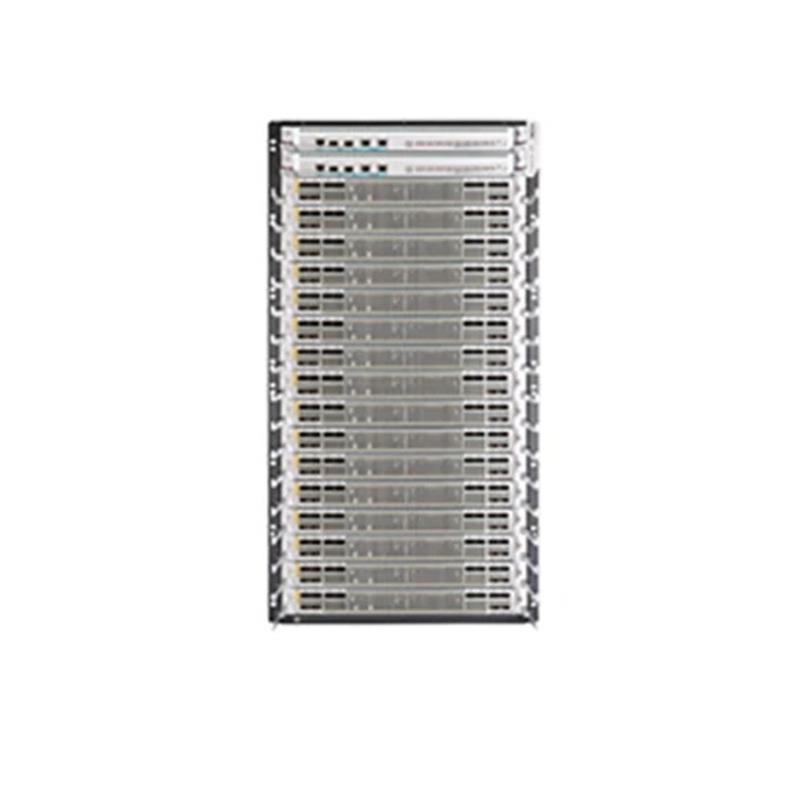
 seu produto é original?
seu produto é original? Sim, nosso produto é original, vendemos apenas produtos H3C originais.
Sim, nosso produto é original, vendemos apenas produtos H3C originais.

